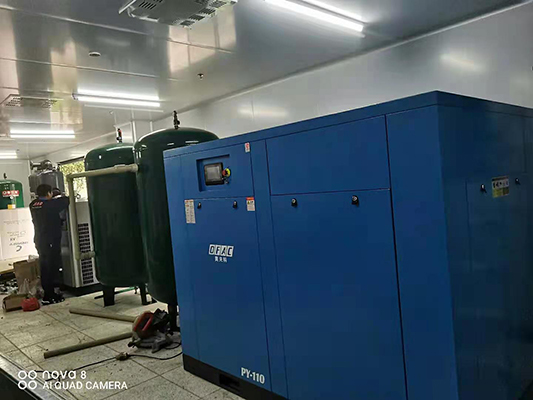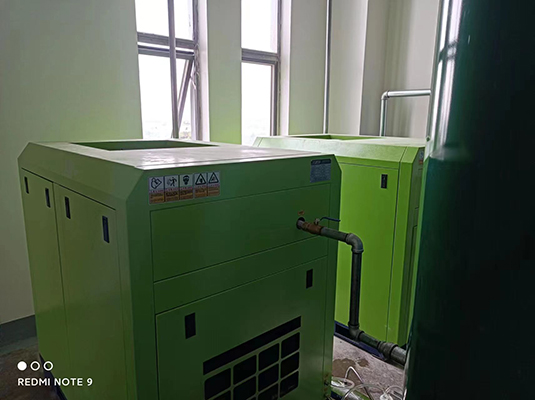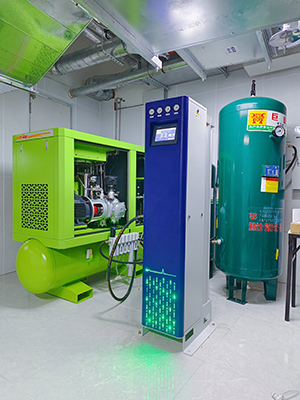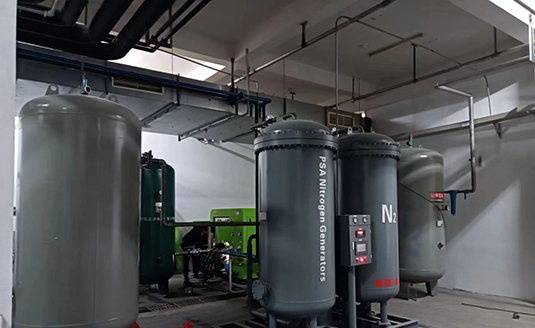normal pressure air compressor selection factors based on air flow and tank capacity needs
News 2025-10-24
Normal pressure air compressors are vital in various industrial settings, providing the necessary compressed air for tools, machinery, and processes. Selecting the right compressor involves careful consideration of air flow and tank capacity to ensure efficiency and reliability. Air flow determines how much air the compressor can deliver, while tank capacity affects storage and consistent supply. These factors are crucial for avoiding downtime and optimizing performance in applications like manufacturing and automotive repair. Understanding these elements helps in choosing a compressor that meets specific operational demands without unnecessary costs or inefficiencies.

Assessing Air Flow Requirements
In industrial environments, air flow needs vary based on the intensity and type of tasks. For instance, high-demand scenarios such as sandblasting or painting require compressors with substantial cubic feet per minute (CFM) ratings to maintain continuous operation. Performance advantages include reduced cycle times and energy savings when the air flow matches the application’s needs. Proper assessment involves evaluating peak and average usage, ensuring the compressor can handle fluctuations without straining the system, which is essential for productivity and equipment longevity in sectors like construction and food processing.
Determining Tank Capacity Essentials
Tank capacity plays a key role in stabilizing air pressure and reducing compressor cycling, which can wear down components over time. In processes requiring intermittent high air use, a larger tank stores more compressed air, providing a buffer that prevents pressure drops and maintains steady performance. This is particularly important in welding or pneumatic control systems where consistent pressure ensures safety and precision. By aligning tank size with air consumption patterns, industries can enhance reliability and reduce maintenance, making it a critical factor for sustained operational efficiency.
Integrating Factors for Optimal Compressor Choice
Balancing air flow and tank capacity requires a holistic approach to compressor selection, considering the specific demands of the application. For example, in automotive workshops, a compressor with adequate CFM and tank size supports multiple tools simultaneously without interruptions. This integration not only boosts performance but also extends the lifespan of the equipment by minimizing stress. In broader industrial contexts, such as assembly lines, these factors contribute to seamless workflows and cost-effectiveness, underscoring their importance in achieving reliable and efficient compressed air systems.


